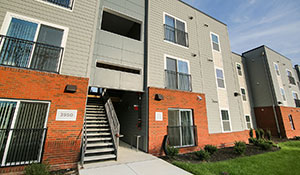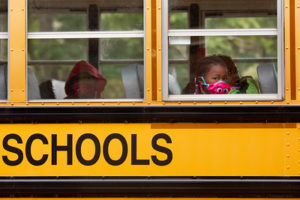August 8, 2021
Back to school looks a little different this year. There are the usual new pencils and notebooks, but also masks and COVID protocols. With most students returning in person five days a week, it also means your home is emptier during the day. With a few adjustments, this lowered occupancy can realize energy and cost savings during this busy, and sometimes expensive, time of year.
Adjust your thermostat
With fewer warm bodies in the house, you can turn up your thermostat a few degrees without sacrificing comfort. Cooling costs fall 4-8% for each degree you raise the temperature setting. If you have a programmable thermostat, review the set points and schedule and reprogram as needed, especially if your house will be unoccupied during the day as your children return to their school year schedule. Try the Department of Energy’s recommendation of setting air conditioning to 78° when home and up to 85° when away.
Buy ENERGYSTAR®
Back-to-school may mean a new laptop or printer or even a mini-fridge for a college student. Look for ENERGYSTAR® labels when investing in new electronic devices and appliances. These products are certified high-efficiency and can use up to 65% less energy than ones not certified as ENERGYSTAR®. when possible.
Unplug unused devices
Unplug and power off game systems, computers, tablets or other electronics that will not be used during the day. This stops the “vampire energy“ that leaks out from plugs, chargers, and electronics while they are not in use.
Manage curtain and blinds
As you ease into your back-to-school schedule, make daily curtain and blind adjustments part of your morning routine. While summer temperatures persist, close curtains or blinds and windows to trap cool morning air in the house. In the evening, open to capture cooler air for the next day. As the weather cools, reverse and open curtains and blinds to capture solar gain during the day.
Shut the door
If you pack lunches for school, take all the food out at one time and close the fridge door. Repeatedly opening and closing the refrigerator door causes your fridge to work harder to maintain temperature, resulting in higher energy use.
A new school year is a new beginning. Add these tips to your back to school plan and get a new start on saving energy and money too.



